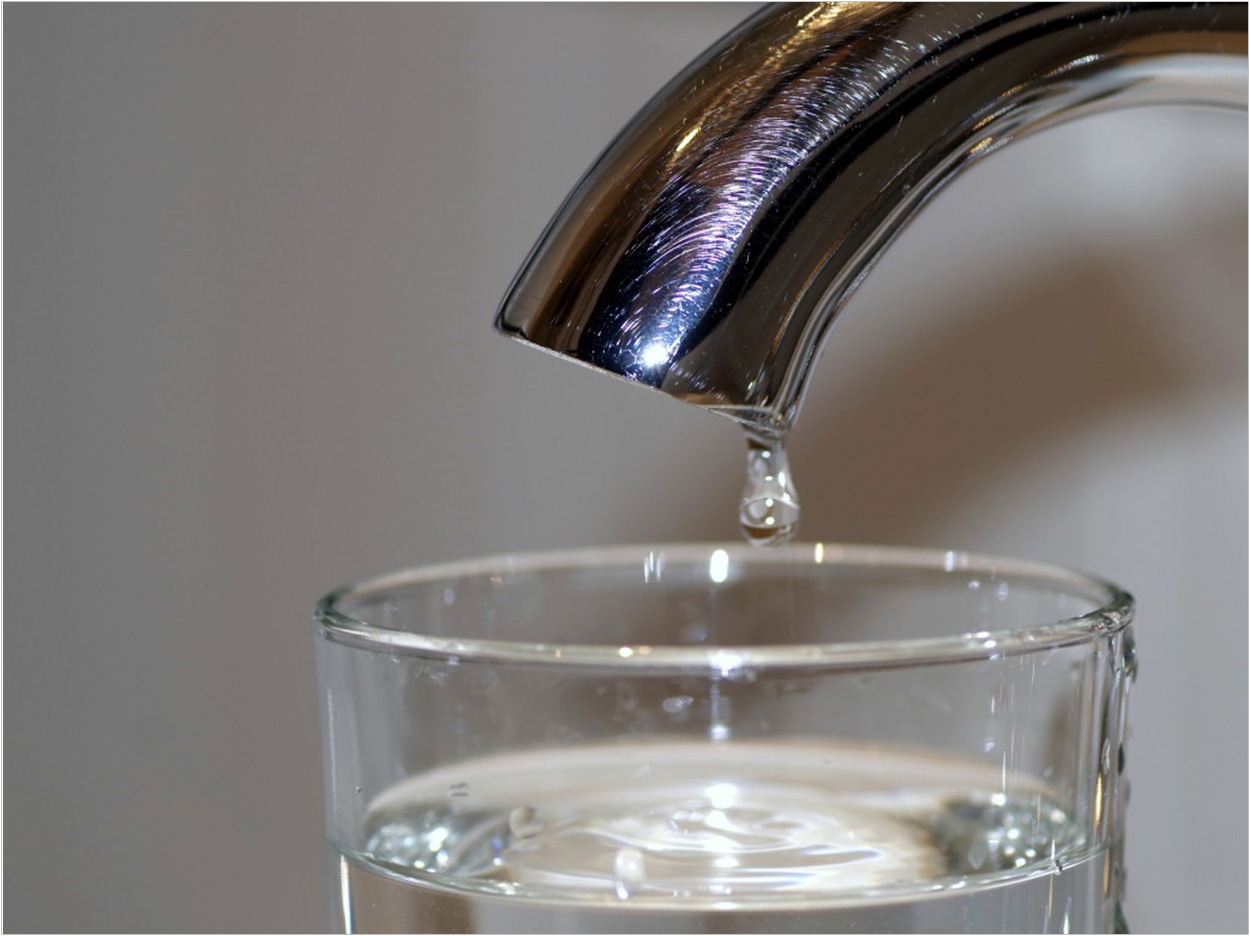
Fluoride has played a significant role in improving oral health over the past 70 years. A symposium at the 95th General Session of the International Association for Dental Research (IADR) in San Francisco, though, examined the current guidelines for fluoride intake.
Ingested fluoride remains the basis for automatic delivery but the sources of ingested fluoride have changed. In parallel, the prevalence and severity of dental caries and dental fluorosis also have changed. Participants at the symposium, then, suggested that it is time to re-examine guidelines for fluoride intake, noting that it should balance the prevention of dental caries with the minimization of dental fluorosis.
“Guidelines for fluoride intake were first proposed when water was the only important source of fluoride. Now, there is a variety of ways of delivery fluoride, and it was time to review these guidelines,” said Andrew Rugg-Gunn of Newcastle University, guest editor of the IADR’s Advances in Dental Research.
“Experts from around the world gave reassurance that the current optimum range of fluoride intake is soundly based and that there is good evidence for raising the upper limit of fluoride intake. With the increase in the use of fluoride for preventing caries in adults, different guidance should be given for fluoride intake in adults compared with infants and young children,” Rugg-Gunn said.
“While changes to current guidance on adequate intake and upper limit of fluoride intake have not been settled, it was agreed that there are strong grounds for reconsidering further guidelines,” said IADR president Angus William G. Walls of the University of Edinburgh. “Further research and international discussion is needed to answer the question posed by the title of this symposium.”
The symposium prioritized the following research gaps:
- What level of dental fluorosis is acceptable to populations globally given the benefit of caries reduction?
- What is the best method for measuring total fluoride intake and exposure?
- What is the best way to estimate total fluoride intake in children from birth to 3 to 4 years of age exposed to fluoridated or nonfluoridated water or fluoridated salt?
- What is the best method to evaluate the patterns of fluid intake of children across different zones with different outdoor air temperatures?
- Do we need periodical analyses of fluoride concentrations in infant formula, bottled water, and infant foods?
- Do we need to validate biomarkers of exposure to fluoride?
- What is the effect of different types of exercise on the metabolism of fluoride?
- What is the relationship between gene polymorphisms and enamel fluorosis?
- What is the relationship between malnutrition and enamel fluorosis?
- Is supplementation with calcium helpful to reduce enamel fluorosis?
- What are the pre-eruptive effects of fluoride on caries progression into dentin?
- What is the efficacy of low-fluoride toothpastes whose formulations have been modified to increase their anticaries efficacy?
The symposium’s proceedings were published by Advances in Dental Research.
Related Articles
Society Puts Boots on the Ground in the Fight for Fluoridated Water
Fluoride Linked With Lower Intelligence in Children
EPA Rejects Petition Asking for a Ban on Public Fluoridation












